In 57 years, Star Trek has told a lot of stories about an organization called Starfleet, an alliance called the Federation, and people of all species exploring the universe with optimism and hope.
And sometimes conflict, terror, and corruption. But mostly optimism and hope.
In coming up with list of the 10 best Star Trek episodes, I wanted it to include most of the series (sorry, Prodigy and The Animated Series, there’s one animated frontrunner, and it’s not y’all). I also wanted to choose single episodes rather than two-parters. And while I care about general quality, I care more about choosing episodes that capture the essence of Star Trek—its ethics, values, and optimism about humanity’s future.
Here are the 10 most essential episodes of Star Trek, presented in the order in which they were released.
Star Trek, “City on the Edge of Forever”
(Season 1, episode 28 – 1967)
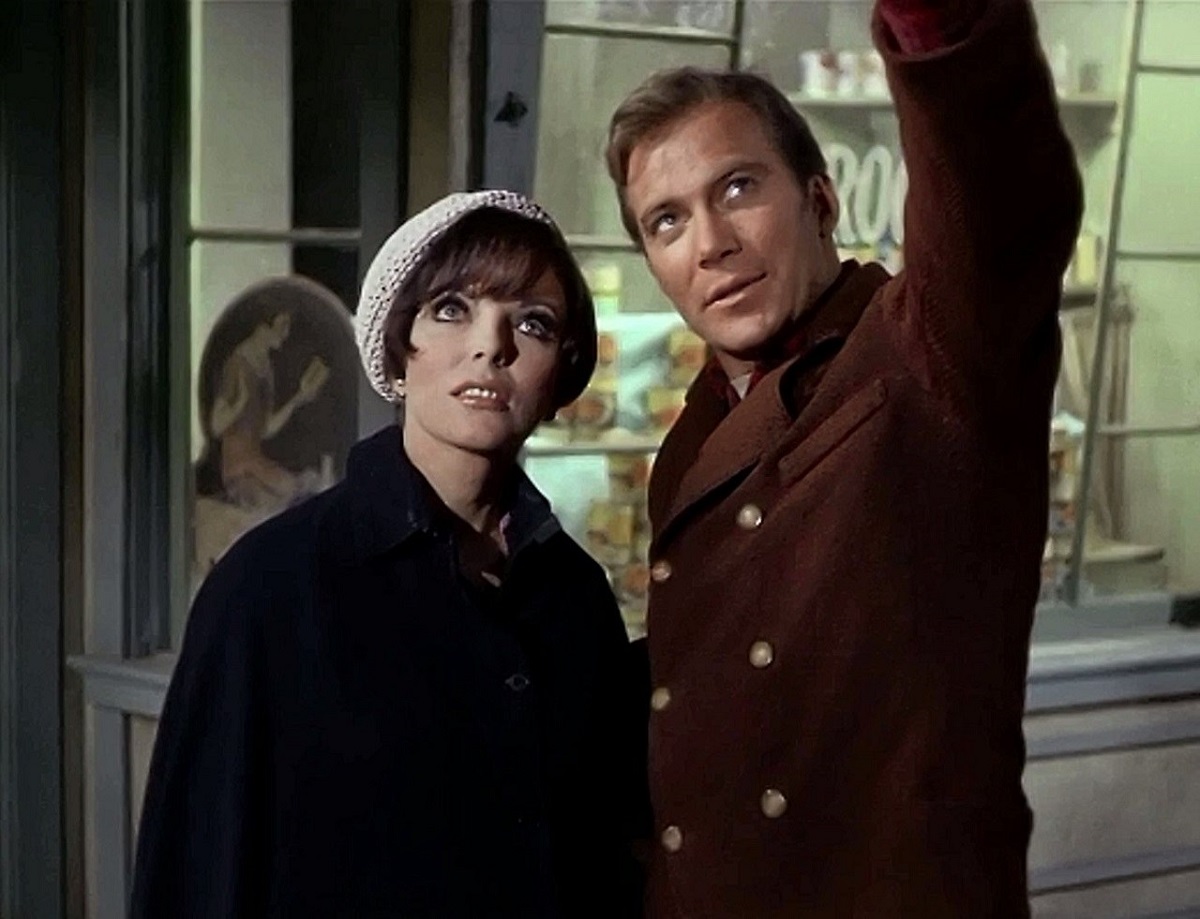
“City on the Edge of Forever” remains one of the best-written Star Trek episodes of all time. It’s a spotlight episode for James T. Kirk, and William Shatner gives one of his best performances. People somehow decided that Kirk “womanizes” his way all over space, but when he’s romancing alien women, it’s for a reason: either he’s getting information, or staying undercover to complete a mission.
But when Kirk is genuinely interested in a woman, it’s a woman like Edith Keeler: smart, kind women with strong ethics. Watching him love and then choose to lose Edith for the greater good is heartbreaking. But before that, Edith reminds Kirk (and us) why hope is worth holding onto:
“One day soon, man is going to be able to harness incredible energies, maybe even the atom—energies that could ultimately hurl us to other worlds—in some sort of spaceship. And the men that reach out into space will be able to find ways to feed the hungry millions of the world and the cure their diseases. They will be able to find a way give each other hope and a common future. And those are the days worth living for.”
Star Trek: The Next Generation, “Darmok”
(Season 5, episode 2 – 1991)

“Darmok” is an entire episode of The Next Generation devoted to the importance of language and communication.
While the Tamarian language isn’t realistic, it doesn’t matter. What does is that both Picard and Dathon make the effort to understand each other. Their mutual curiosity, compassion, and determination to communicate allows them to become friends, and for Picard (and the Federation) to understand the Tamarians well enough to prevent a violent confrontation. One of TNG‘s best episodes, “Darmok” beautifully depicted the very Trek values of mutual understanding and respect.
Star Trek: Deep Space Nine, “Far Beyond the Stars”
(Season 6, episode 13 – 1998)
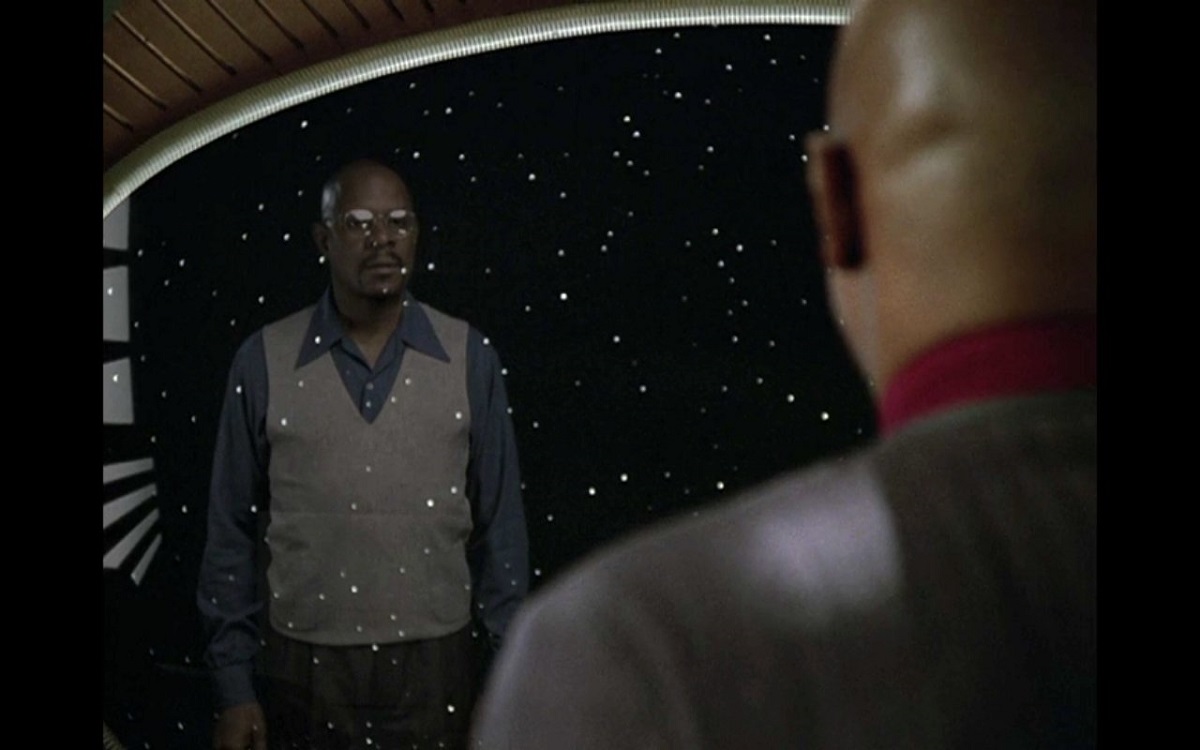
As a woman of color who writes sci-fi, Deep Space Nine‘s “Far Beyond the Stars” resonates with me in a way that most episodes of Star Trek don’t.
It’s an emotional, meta story that uses the institution of sci-fi storytelling as a setting through which to examine the racism within it, and in the U.S. more broadly. Specifically, the setting is a sci-fi literary magazine, which provides a home for marginalized writers—Black, women, Jews, leftists—so long as they only write white, male heroes. It starts with Sisko considering leaving Starfleet. Through his experience as Benny Russell, he realizes that holding a command position in Starfleet matters. As the Prophets put it to him, he is “both the dreamer and the dream.”
Star Trek: Voyager, “Extreme Risk”
(Season 5, episode 3 – 1998)
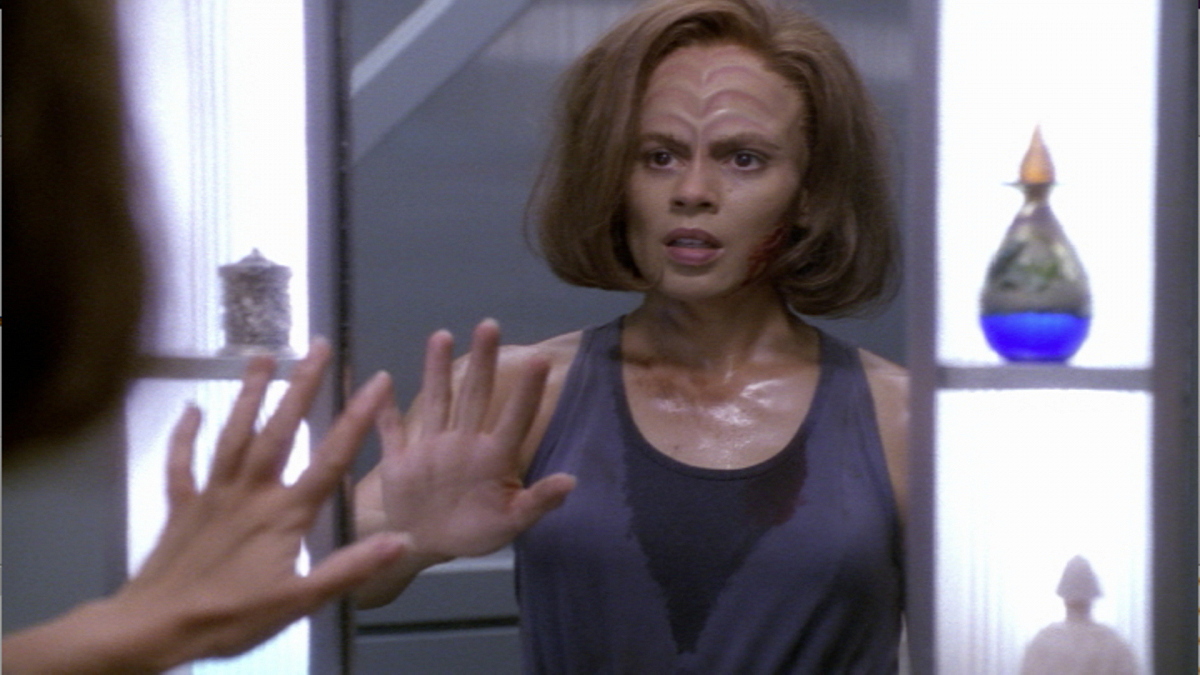
Star Trek doesn’t have many portrayals of disability or chronic mental/physical illness, but the franchise makes space for people with these conditions to exist without providing easy “fixes.”
B’Elanna Torres has lost interest in things that usually bring her pleasure and begins engaging in risky behavior, like simulating dangerous situations in Voyager’s holodeck with the safety controls turned off. She’s diagnosed with depression and reveals to Chakotay that she’s having trouble processing the deaths of their Maquis friends. While B’Elanna finds her way back to herself by the end, this Voyager episode is a nuanced look at the experience of depression. It also shows what help and support can look like in a society that values people over profit.
Star Trek: Enterprise, “Carbon Creek”
(Season 2, episode 2 – 2002)
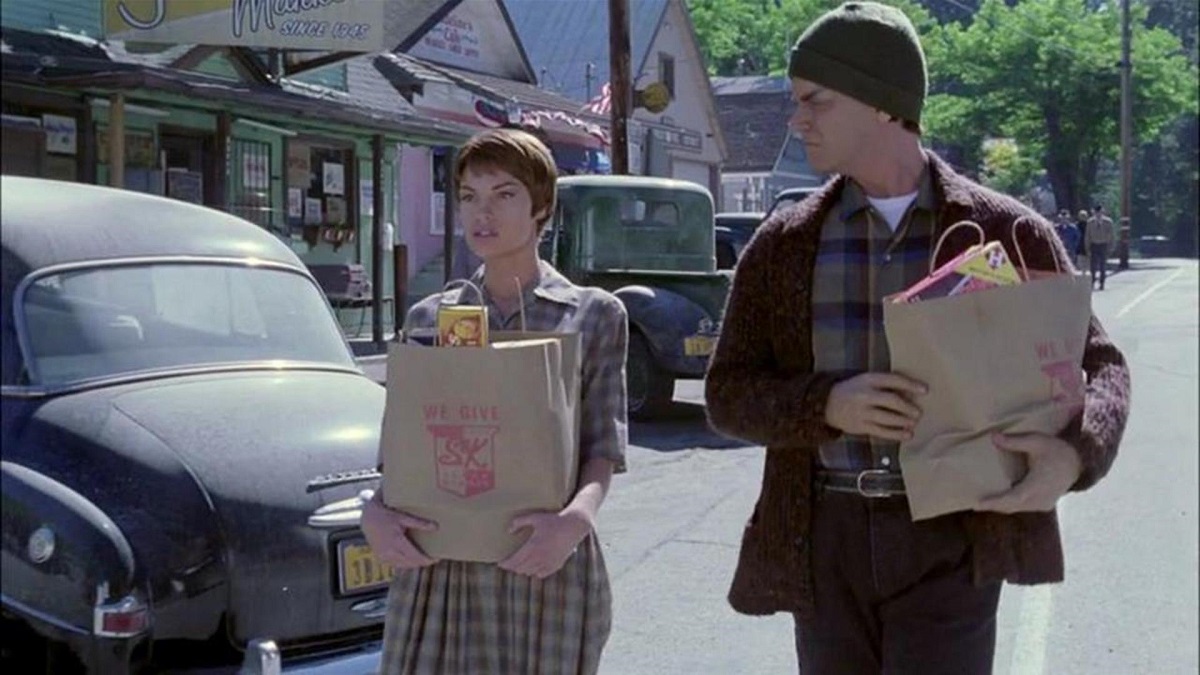
In this episode of Star Trek: Enterprise, T’Pol tells Trip and Archer a seemingly far-fetched story about her great-great grandmother T’Mir, who, along with two other Vulcans, crash-landed on Earth in 1957.
What makes this truly Trek is the conflict between T’Mir and her colleague, Mestral, who is far more impressed by humans than she is. While T’Mir only sees humanity’s impending doom, Mestral sees how curious and compassionate humans are and believes in their potential. Eventually, T’Mir sees this, too, and sells an important tech breakthrough (velcro) to raise the money for a promising human student to go to college. “Carbon Creek” shows two of the founding species of the Federation at their best.
Star Trek: Discovery, “That Hope is You, Part 1”
(season 3, episode 1 – 2020)**
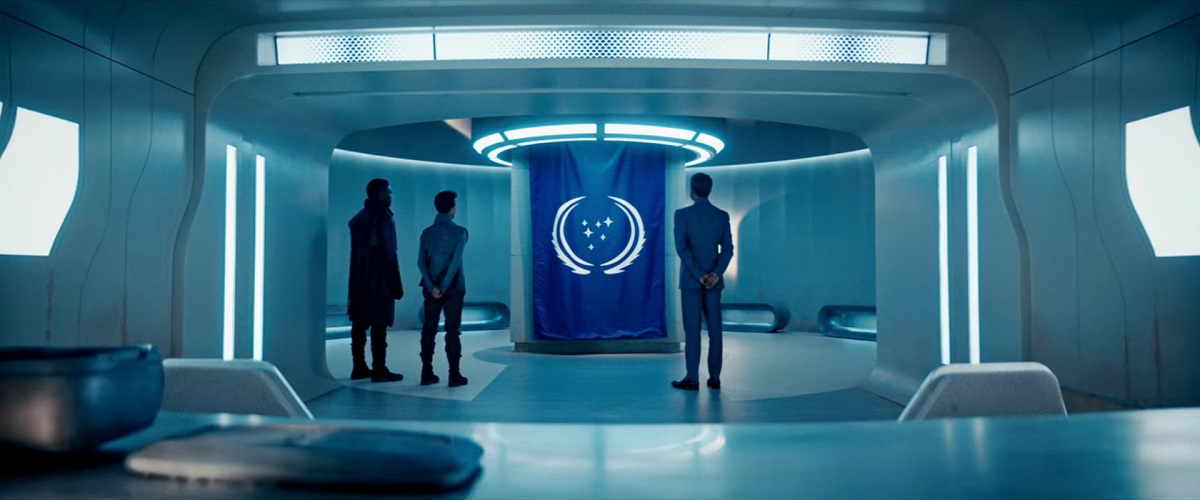
It wasn’t until the end of this episode of Discovery that I realized I’d watched an entire episode of Star Trek without a single white main character. This episode—which is billed as “Part 1” but is not actually a two-parter—finds Michael Burnham in the far future, after an event called “The Burn” destroyed most of Starfleet. There is no longer a United Federation of Planets.
Book and Burnham arrive at a damaged Federation relay station and find Aditya Sahil, a “Federation liaison” born to a long line of Starfleet officers who’s been waiting for years, hoping for another Starfleet officer’s arrival. As the first Starfleet officer Sahil has seen in decades, when Burnham hears his story, she gives him a field commission.
When they hang the Federation flag of Sahil’s family in his office, I cried. It is one of the most pure and hopeful moments I’ve ever experienced in a Star Trek show, and I got excited about the new, better Federation they’d work to create.
Star Trek: Short Treks, “Children of Mars”
(Season 2, episode 6 – 2020)
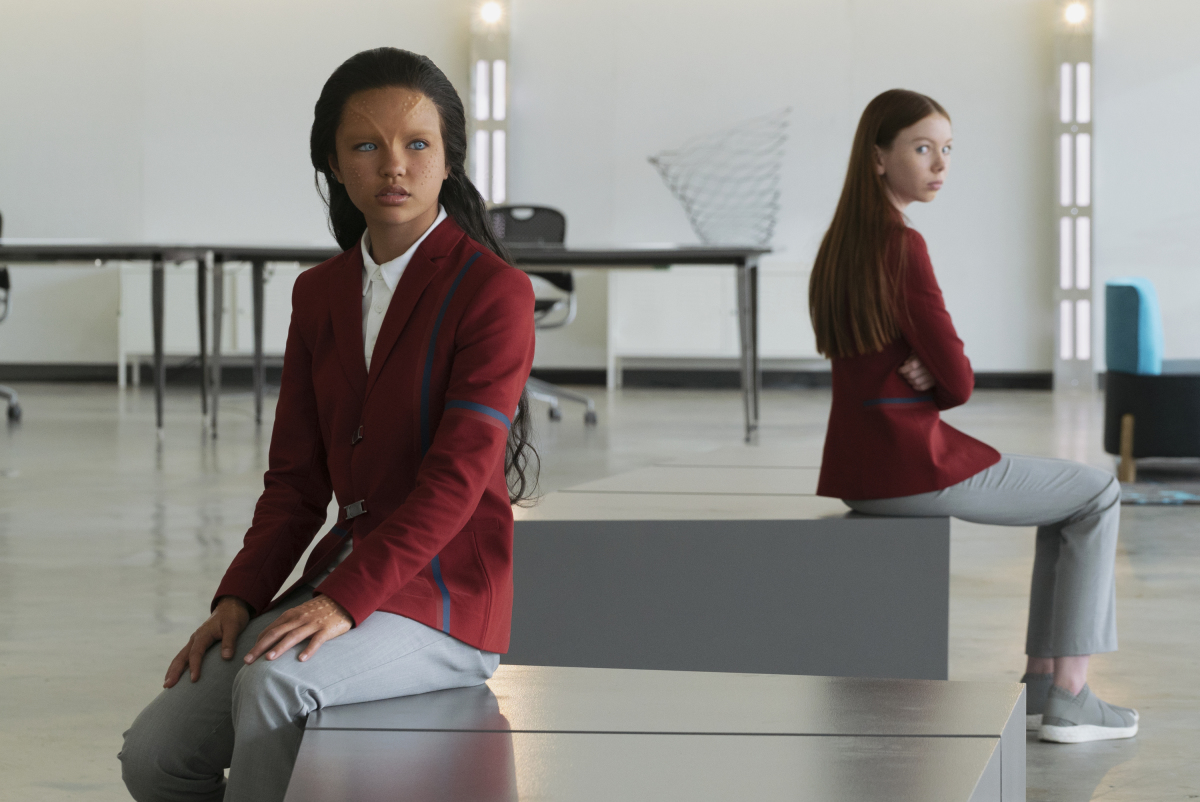
In this eight-minute precursor to Star Trek: Picard, two tween girls of different species, Kima and Lil, engage in an intense rivalry at school, culminating in a physical brawl. However, all that gets pushed to the side when they learn that rogue synthetics have attacked Mars and its orbital facilities, where they both had parents working. Though it takes a tragedy, the girls find common ground.
This episode acknowledges that despite optimism and hope, there will always be conflict that needs to be worked through between individuals for any number of reasons. And it will always be difficult to navigate big feelings when you’re young, no matter what species you are. But it’s possible.
Star Trek: Picard, “Monsters”
(Season 2, episode 7 – 2022)
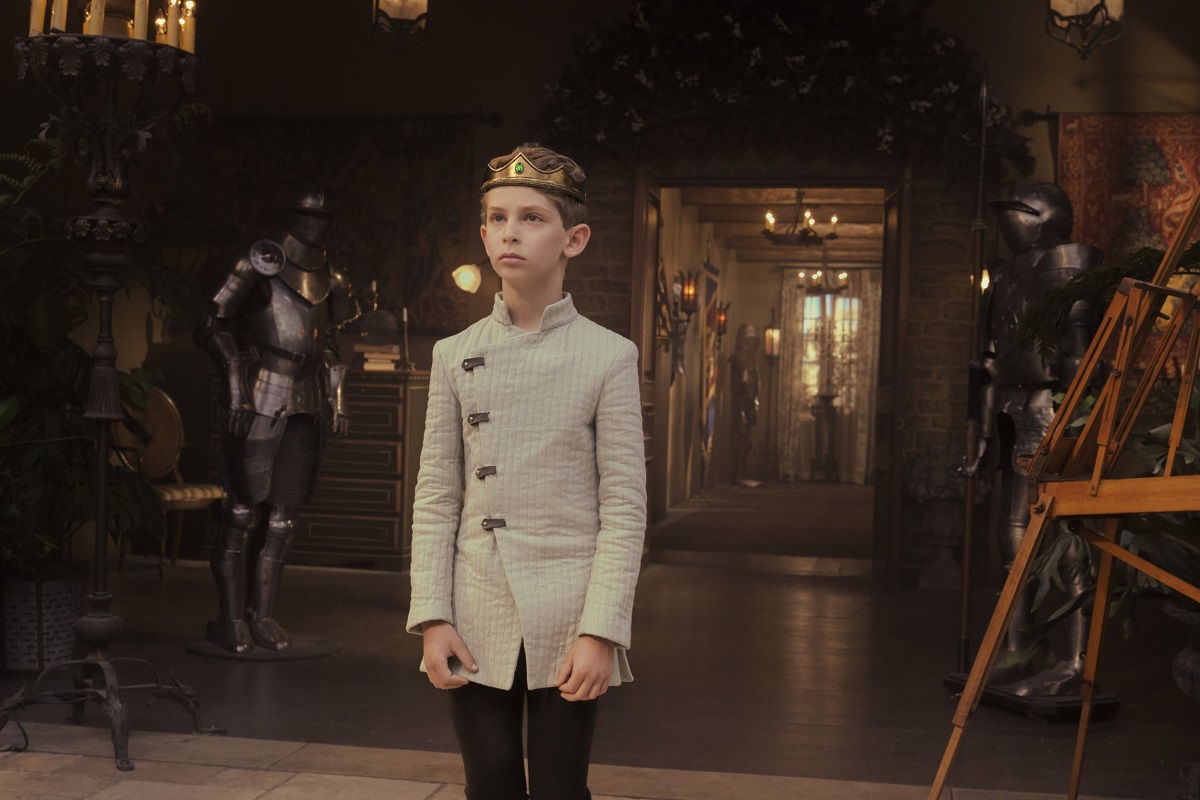
It’s a rare luxury to be able to track the changes that happen to a character over the course of a life. Jean-Luc Picard is the first Star Trek character we’ve followed from middle age to old age.
Picard had a painful childhood and a tumultuous Starfleet career marred by the traumatic experience of being assimilated by the Borg. Picard allows him to finally heal and get some closure at the end of his life, and this episode is a key part of that.
“Monsters” shows the importance of support while healing from trauma. No one can do it alone. Picard needed Tallinn to help him navigate his memories and perceptions of his past so he could get the closure he needed. In Star Trek, you’re only as good as the relationships you cultivate.
Star Trek: Lower Decks, “Crisis Point”
(Season 1, episode 9 – 2020)
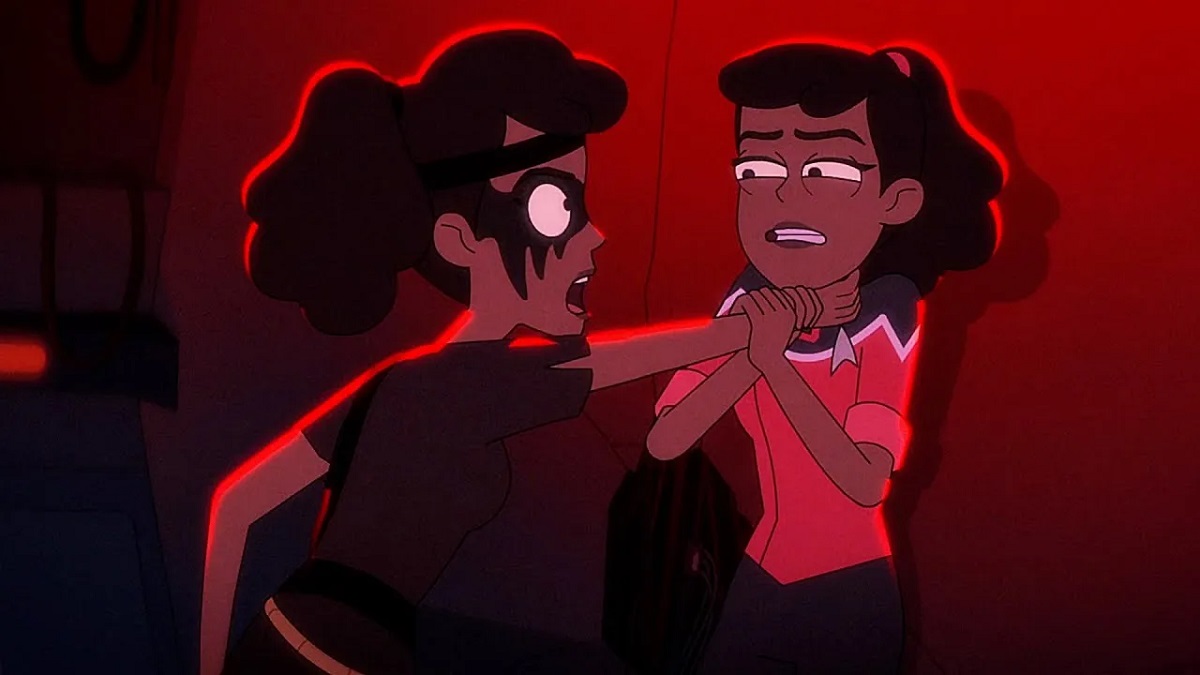
“Crisis Point” finds Beckett Mariner processing her emotions by making herself the villain in a movie she creates on the holodeck. It ends with Beckett fighting herself as she tries to work out complicated feelings about her Starfleet captain mother and how to remain in Starfleet while staying true to her maverick nature.
Mariner and Starfleet share ethics if not methodology, but there is value in Infinite Diversity in Infinite Combinations. This episode of Lower Decks proves that Starfleet is at its best when a variety of people devote themselves to its care.
Star Trek: Strange New Worlds, “Children of the Comet”
(Season 1, episode 2 – 2022)
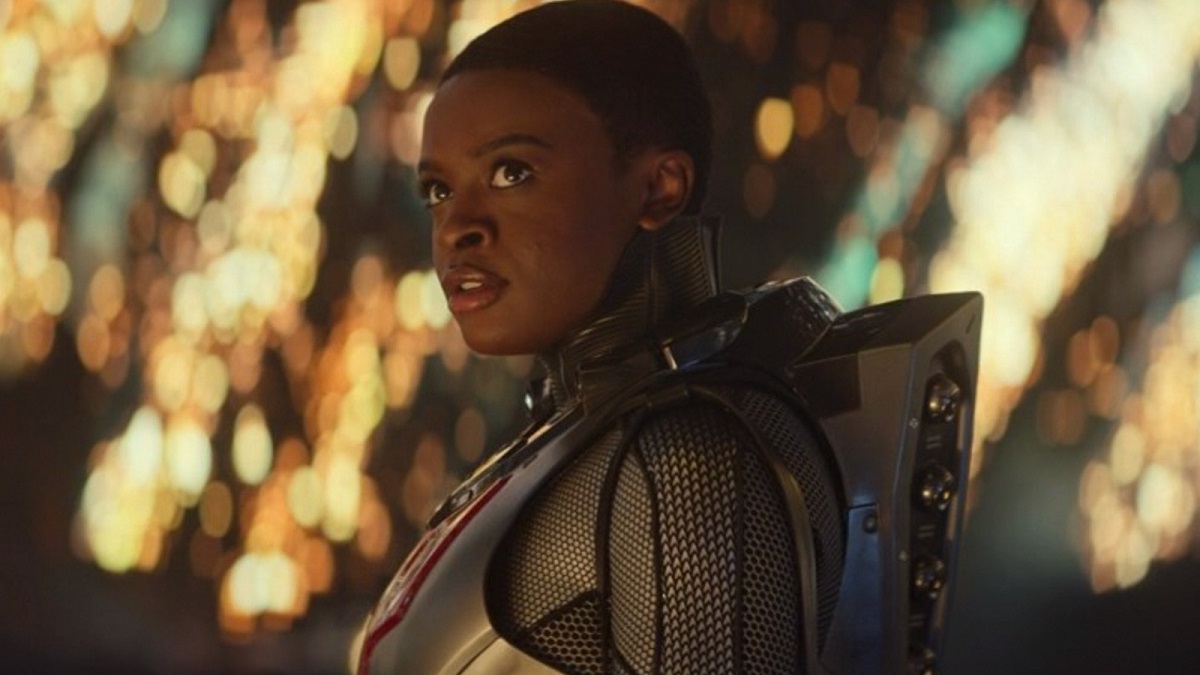
In the Strange New Worlds episode “Children of the Comet,” a comet is on course to hit a planet and destroy all life on it. Uhura, perhaps foreshadowing her future career in Starfleet communications, discovers that the comet responds to music. Meanwhile, there’s a ship of “shepherds” escorting the comet, which they claim is M’hanit—a being who is an ancient arbiter of life.
When the Enterprise distracts the shepherds long enough for Spock to alter the comet’s path, the comet sprays water vapor over the planet, improving conditions for life there. When Uhura decodes music from the comet, however, it seems that it not only predicted interference from the Enterprise, but also knew it wouldn’t harm life on the planet. Trek constantly wrestles with the relationship between deities, magic, and science, and doing so through Uhura was a great choice.
(featured image: Paramount / The Mary Sue)



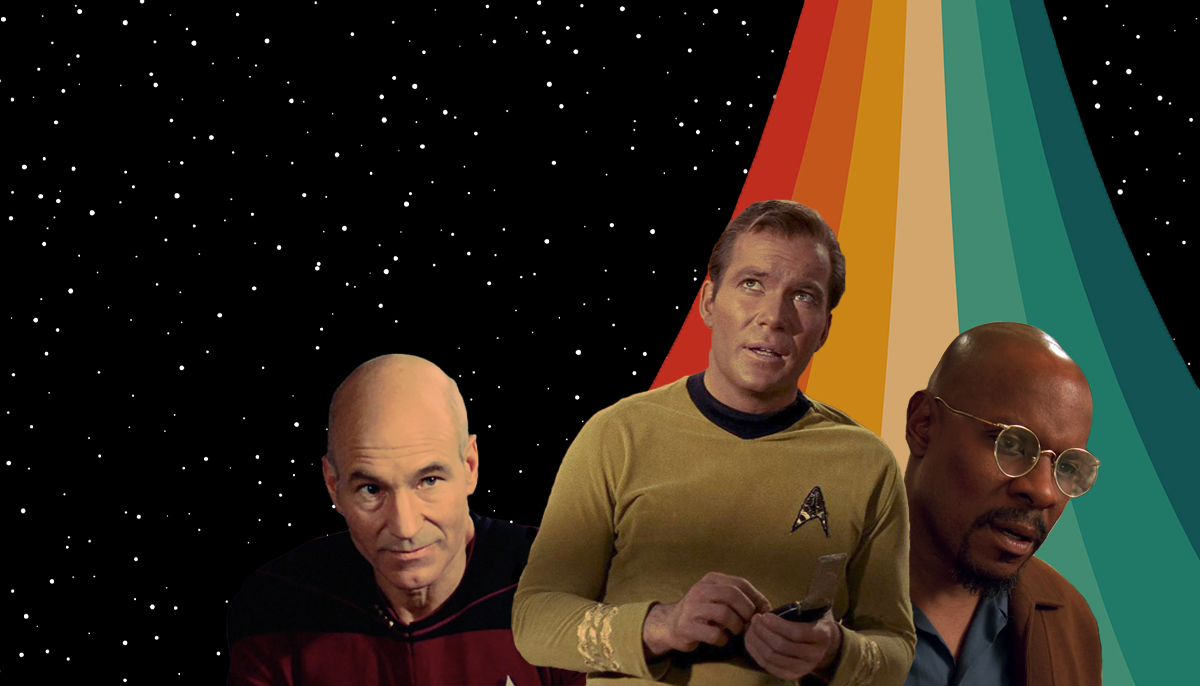



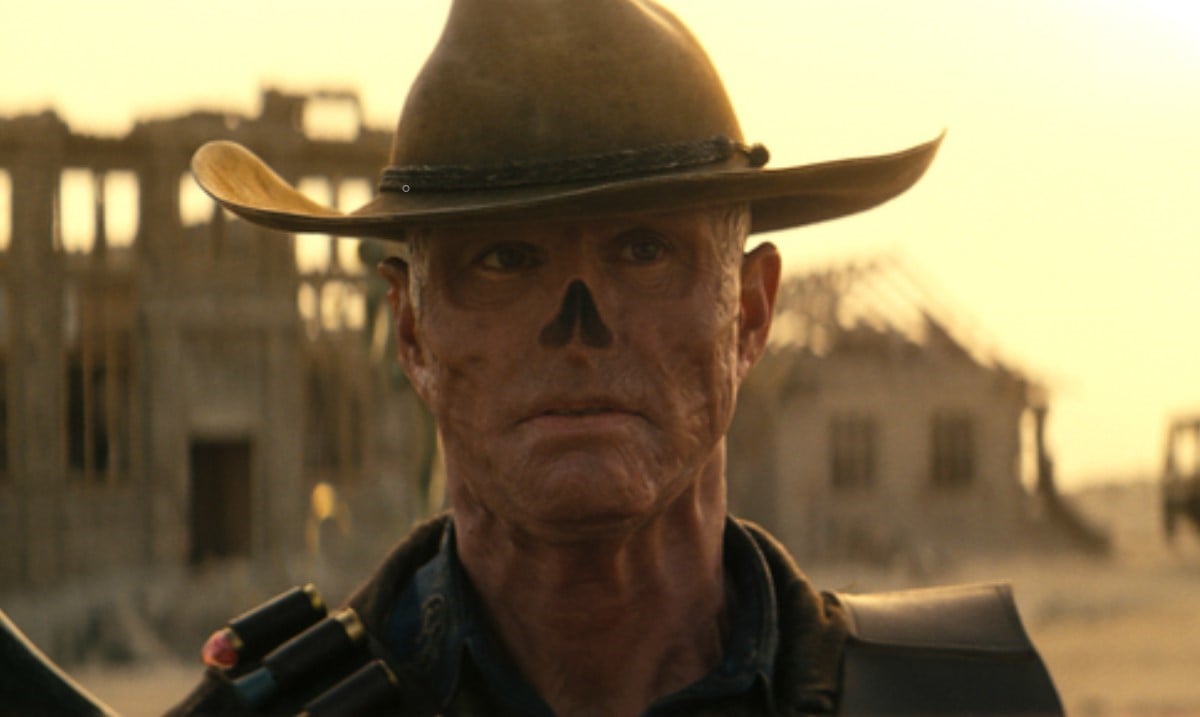

Published: May 11, 2023 06:20 pm